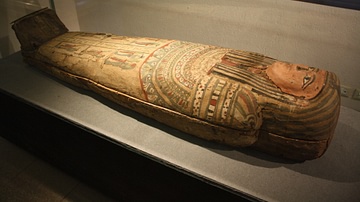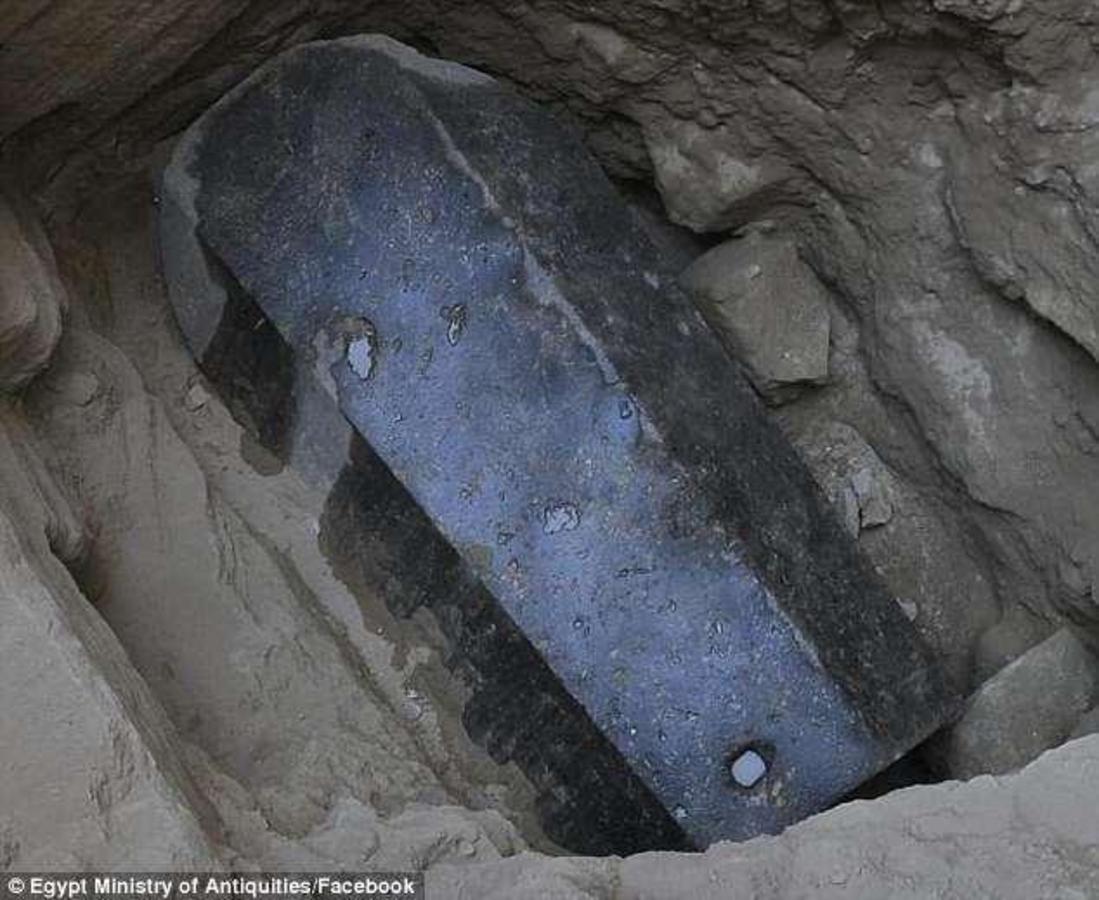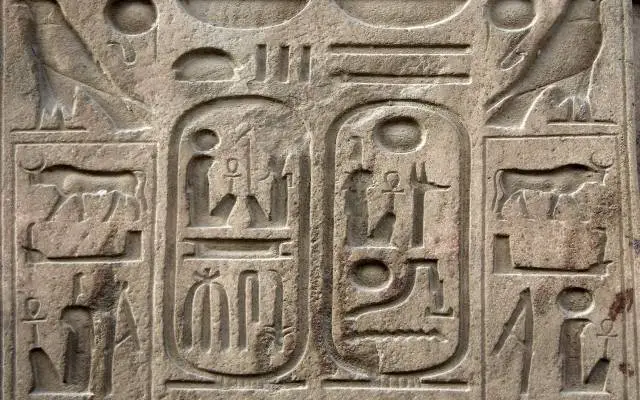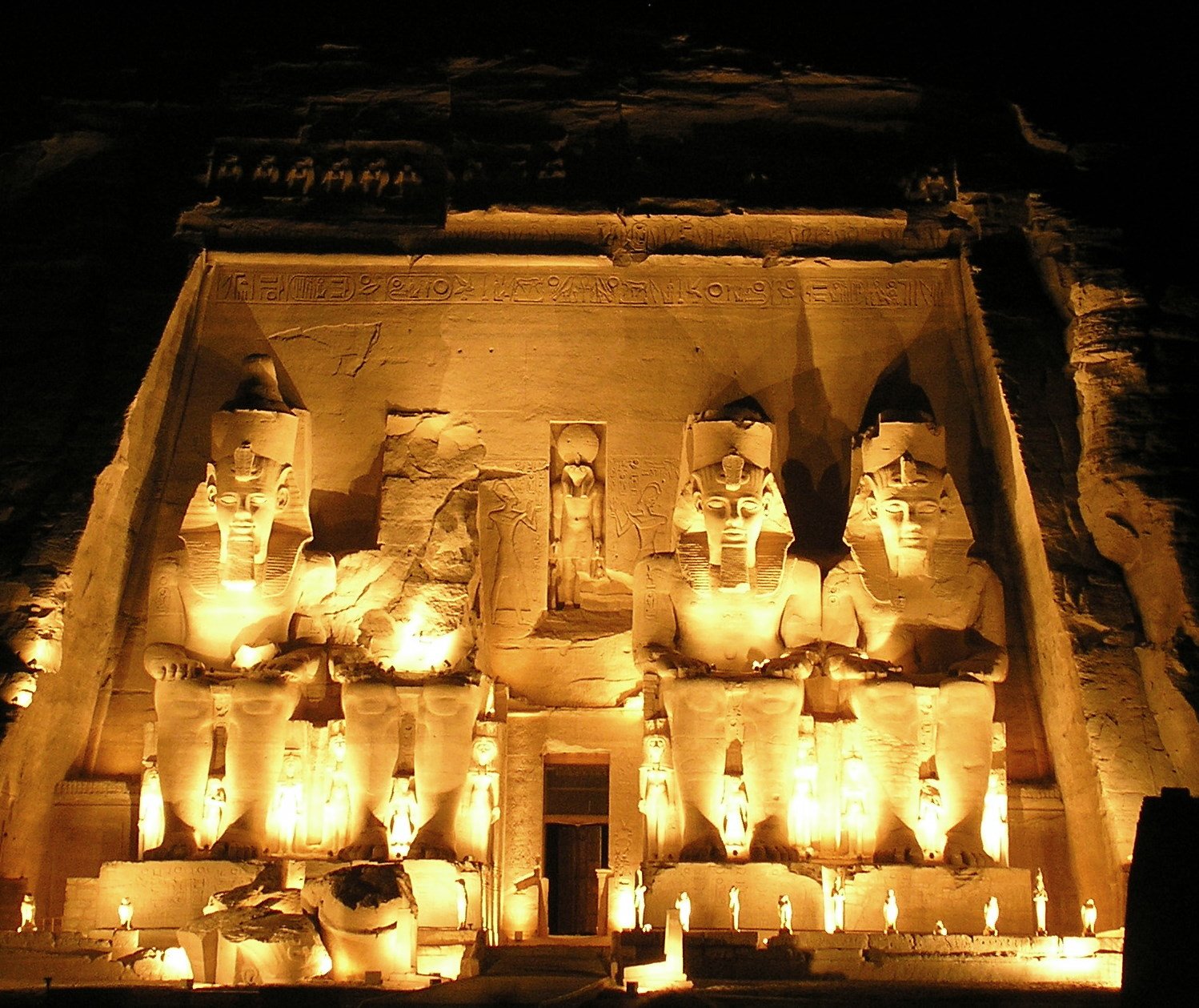7 Fascinating Reasons Egyptians Decorated Sarcophagi

Ancient Egyptian culture was steeped in rich traditions, particularly surrounding their beliefs in the afterlife. One of the most intriguing aspects of these traditions was the decoration of sarcophagi. These elaborate coffins were not merely containers for the dead but were crafted with meticulous attention to detail, symbolizing the deceased's journey into the afterlife. Here are seven fascinating reasons why Egyptians went to such great lengths to decorate their sarcophagi:
1. Representation of Status and Prestige

In ancient Egyptian society, one’s status and prestige were paramount, and even in death, these societal markers were preserved. Sarcophagi served as a canvas to display wealth:
- Wealth and Riches: The more elaborate the sarcophagus, the wealthier the individual was presumed to be. Gold, silver, and precious stones adorned these coffins, signaling opulence.
- Pharaohs and Nobility: Kings, queens, and nobility were often buried in sarcophagi that depicted their divine status and earthly power, with the faces of the rulers prominently featured.
2. Ensuring Safe Passage to the Afterlife

The Egyptians believed in a complex journey to the afterlife, where the soul had to navigate numerous challenges:
- Guardian Symbols: Decorations included protective symbols like the Eye of Horus, ankh (the symbol of life), and scarab beetles, offering protection and guidance.
- Spells and Incantations: Hieroglyphics and illustrations on the sarcophagi depicted spells from the “Book of the Dead” to aid the soul in its voyage.
3. Cultural and Religious Significance

Sarcophagi decorations were not just aesthetic; they were steeped in religious iconography:
- Deities and Mythology: Images of gods and goddesses, such as Anubis, the jackal-headed god of the dead, were common to signify protection and ensure divine favor.
- Mythological Stories: Scenes from Egyptian mythology, like the weighing of the heart, were depicted to guide the deceased through judgment after death.
4. A Reflection of Life’s Narrative

Egyptian sarcophagi often portrayed key events from the life of the deceased:
- Achievements and Titles: Noble achievements, titles, and important roles held during life were etched into the stone, ensuring the person’s history was not forgotten.
- Family and Lineage: Images of family members or ancestors might be included to reinforce lineage and familial bonds in the afterlife.
5. Art as a Gateway to Eternity

The art on sarcophagi was believed to have a spiritual function:
- Magical Properties: Egyptian art was thought to possess magical properties, where the depiction of an object could become real in the afterlife, ensuring the deceased had all they needed.
- Offering Formulae: Texts and illustrations of offerings were included to ensure the dead were always provided with sustenance and comfort.
6. The Influence of Cultural Trends

Like any other aspect of art and culture, sarcophagi designs followed trends:
- Evolution of Styles: From the simple anthropoid shape of the Middle Kingdom to the detailed and colorful designs of the New Kingdom, styles evolved over time.
- Foreign Influences: With increasing interactions with other cultures, Egyptian funerary art sometimes incorporated motifs from surrounding civilizations.
7. The Preservation of Memory

Sarcophagi served as eternal monuments to the memory of the departed:
- Commemoration: They were designed not only for the deceased but also for the living who would remember and honor their forebears through these magnificent monuments.
- Educational Value: Beyond the immediate funeral, sarcophagi educated future generations about their ancestors’ beliefs, values, and way of life.
💡 Note: When visiting museums or exhibitions displaying Egyptian artifacts, take time to examine the intricate details on sarcophagi. These are not just decorative elements but are filled with symbolic meanings and can provide deep insights into ancient Egyptian culture.
In summary, the decoration of Egyptian sarcophagi was far from mere ornamentation. It was a complex interplay of cultural, religious, and personal expressions intended to safeguard the soul's journey into the afterlife, commemorate the individual's life, and preserve their memory for eternity. Through these ornate coffins, we glimpse the Egyptians' profound belief in the afterlife, their respect for the dead, and their desire to leave a legacy that would be remembered for generations.
Why were sarcophagi so expensive?

+
Sarcophagi were expensive due to the use of precious materials like gold, silver, and gems, the intricate craftsmanship required, and their significance as symbols of status and wealth.
Did all Egyptians use sarcophagi?

+
No, not all Egyptians could afford sarcophagi. Only the wealthy and noble classes typically used these, while commoners might have been buried in simpler coffins or even wrapped in mats.
What are the most common symbols found on sarcophagi?

+
Common symbols include the ankh (life), the djed pillar (stability), the scarab (rebirth), the Eye of Horus (protection), and various gods and goddesses.
Can you visit ancient Egyptian sarcophagi today?

+
Yes, many museums around the world, like the British Museum, the Louvre, and the Egyptian Museum in Cairo, house collections of ancient sarcophagi for public viewing.



